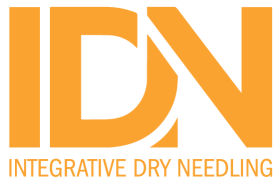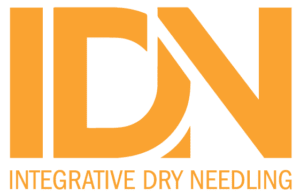JSES Int. 2024 Jan 24;8(3):464-471. doi: 10.1016/j.jseint.2024.01.003. eCollection 2024 May.
ABSTRACT
BACKGROUND: Prior research has demonstrated that platelet-rich plasma (PRP) has shown promising results in the treatment of knee osteoarthritis, lateral epicondylitis, and rotator cuff disease. However, there is a lack of standardization with PRP regarding its use for partial thickness rotator cuff tears (PTRCTs). The primary objective of this review is to assess the location of PRP injections in the shoulder, and how it corresponds to shoulder functional outcomes in PTRCTs.
METHODS: Data sources included randomized controlled trials (RCTs) conducted between January 2010 and September 2021 with the terms PRP, partial thickness rotator cuff tears, intra-articular injections, subacromial injections, and intratendinous injections. Major inclusion criteria: partial thickness rotator cuff tears only, functional outcome scores pre-injection and post-injection, minimum 2-month follow-up time, and nonsurgical PRP injections only. Major exclusion criteria: PRP used as an adjunct therapy, full-thickness rotator cuff tears, and surgical intervention before treatment.
RESULTS: A total of 8 RCTs were included which utilized PRP injected into the shoulder for PTRCTs. Studies were grouped by the location of the injection with the following breakdown: 1 glenohumeral joint, 4 subacromial bursa, and 3 intratendinous as the site of injection of PRP. Intra-articular PRP showed a 46.2% improvement (P < .05) in the Disabilities of the Arm, Shoulder, and Hand score at 12-month follow-up, however PRP compared to physical therapy had no statistical difference. For subacromial injections, one study showed no statistical difference between hyaluronic acid and PRP vs PRP, but both groups showed improvement compared to normal saline at 3, 6, and 12 months (P < .05). For intratendinous injections, PRP was found to be superior in the Shoulder Pain and Disability Index scores at 66.1% improvement (P < .05) at 3 months and 71.6% at 6 months (P < .05) after two PRP injections when compared to dry needling. Another study showed a statistically significant difference in ASES score when combining LP-PRP injection intratendinous and subacromial bursa when compared to corticosteroid at 3 months. Furthermore, at 6-month follow-up, the PRP group showed significant improvement in the Oxford Shoulder Score compared to a subacromial bursa corticosteroid group 53.8% vs 31.7% (P < .01).
CONCLUSION: Based on our review of current literature, there is inconclusive evidence of the ideal location to inject PRP when partial rotator cuff tear is present. Despite PRP showing improved functional outcomes in patients diagnosed with PTRCT regardless of the injection site, more research is needed to figure out the optimal concentration of PRP, frequency of injection, and who are ideal candidates when utilizing PRP for PTRCTs.
PMID:38707549 | PMC:PMC11064684 | DOI:10.1016/j.jseint.2024.01.003


